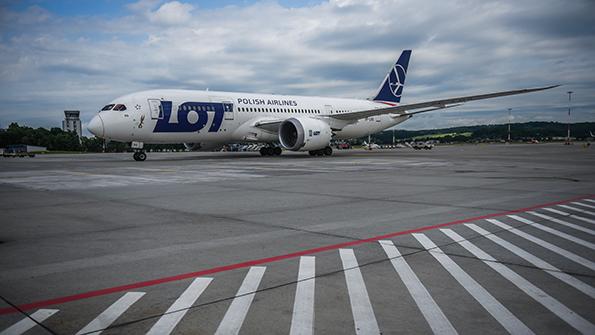
As airlines ponder their post-downturn priorities, risk-sharing is emerging as a key to ensuring future demand shocks do not leave carriers where they found themselves early last year—devoid of revenues, yet under pressure to keep operating, or at least paying bills, to minimize the financial ramifications for other stakeholders.
Global carriers are on pace to lose $50 billion in 2021, the latest International Air Transport Association projections show. While dire, it is a marked improvement on 2020’s $137 billion in net losses.
- Airlines set to lose $50 billion in 2021
- Many suppliers are reporting quarterly profits
- Some carriers calling for changes to risk-sharing model
Commercial air transport’s financial pain is not evenly distributed, however. Many top-level manufacturers, lessors and even maintenance, repair, and overhaul (MRO) specialists are back to reporting quarterly profits—if they ever stopped. Others, such as air navigation service providers (ANSP), are adjusting rates to make up for demand-induced shortfalls.
Airline executives do not wish financial ruin on their suppliers. But they see justification for changing many current policies that leave them both feeding the industry’s financial machine and struggling to keep any cash on hand.
“The whole system has been created to protect the interest of various parties in the industry, at the risk of airlines,” LOT Polish Airlines Chief Operating Officer Maciej Wilk said at the recent Aviation Week MRO Europe conference.
Wilk pointed to common provisions such as “hell or high water” lease clauses that require payments no matter what, or automatic spare-parts price escalations, as examples that place a disproportionate share of financial risk on airlines. Airports and ANSPs lean on rate-setting clauses that can help them recover quickly from a downturn.
“I’m talking about clauses, mechanisms, that automatically get implemented when some event takes place,” he said. “That is a disservice to the market.”
The downturn’s depth and duration has led to some contracting changes. Lessors have offered flexibility, such as by reducing or skipping payments while extending lease durations. MRO providers have stepped up as well.
In too many instances, however, the changes simply push off expected revenues rather than share current burdens, Ivan Gonzalez Vallejo, Iberia’s director for strategy and supply chain, said at MRO Europe.
“I think it’s true that they come to the table, they collaborate, and they give something,” he said. “But if you speak about the airline supply chain, this is [still] very imbalanced.”
Wilk and Gonzalez Vallejo acknowledged they do not have all the answers, but they have suggestions. Among them: Airlines should start by agreeing on issues they want to see addressed. These should go beyond crisis clauses and include everyday business practices that can help their bottom lines, such as suppliers being more receptive to airlines repairing parts instead of pushing costly new spares.
“One of the learnings for me of this crisis is that we’ve learned very little,” said Gonzalez Vallejo. “We’ve not changed anything dramatically. We just take the old recipe; we park [older aircraft], and then we just try to fly as much as we can, but there’s no radical change. I’ve not seen anyone yet, say, ‘Look, we need to go back to [manufacturers] who are making a profit.’ After staff and fuel, maintenance is the highest cost of any airline. For me, they need to be participating.”
Wilk says LOT, like many airlines, has learned a few lessons about revenue diversification during the last 18 months. Cargo and leisure charters, often overlooked by many large passenger carriers, will receive more attention going forward.
On the supplier side, he is confident that there is room to diversify financial risk.
“Based on my various discussions with providers, there are solutions that can be kept in the longer-term contracts and be acceptable to both parties,” he said. “Ultimately, it is key for everyone in the industry to realize that it’s absolutely great to be making profits every year, but once in a while everyone can suffer some losses. This is part of the world.”




